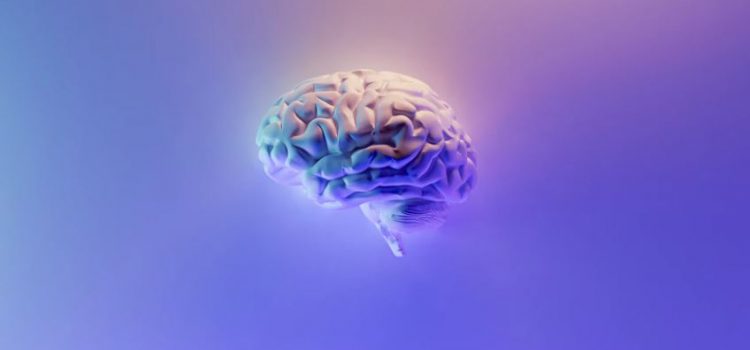

This article is an excerpt from the Shortform book guide to "Behave" by Robert Sapolsky. Shortform has the world's best summaries and analyses of books you should be reading.
Like this article? Sign up for a free trial here .
What is neuroplasticity? Can neuroplasticity rewire personality?
Neuroplasticity is the brain’s adaptation mechanism: The brain literally changes its structure to adapt to stresses and learning. According to Robert Sapolsky, the author of Behave, neuroplasticity even makes it possible to rewire your personality to an extent: you can weaken or strengthen certain traits through behavioral reinforcement.
Keep reading to learn about neuroplasticity and how it influences behavior.
Neuroplasticity: Changes in Brain Structure
For all the common talk of nature versus nurture, Sapolsky tells us that nurture can have real and significant impacts on our biology—our nature. For one thing, the brain’s physical structure can change to adapt to various circumstances and stresses. For example, an artist’s brain might have a significantly larger cerebellum than normal (the cerebellum is associated with visualization and fine motor skills). In a sense, your brain behaves like your muscles: The parts you use the most become bigger and stronger.
Furthermore, these physiological changes to the brain can have significant impacts on our behavior. A naturally thoughtful person might develop a stronger neocortex and become even more thoughtful and rational, while an impulsive and emotional person could go in the opposite direction and become even more emotionally driven.
However, the opposite holds true as well: With sustained effort, we can train our brains to strengthen character traits we like and weaken traits we don’t like. As Sapolsky says more than once, environment and experience have greater impacts on our behavior than biology.
The 2 Types of Neuroplasticity
While Sapolsky mostly discusses how everyday events reshape the brain, neuroplasticity also gives us a remarkable ability to recover brain function after disease and injury. Researchers recognize two different forms of neuroplasticity:
1.Structural Plasticity. The brain’s structure changes in response to which parts of it get used the most—this is what Sapolsky discusses at length in Behave.
2.Functional Plasticity. The brain adapts to disease or injury, enabling healthy parts of the brain to take on the functions of damaged portions.
The brain accomplishes both of these feats by strengthening the neurons (nerve cells) that we use the most, while the connections we don’t use deteriorate—those neurons may even die and get reabsorbed by the body in a process called synaptic pruning.

———End of Preview———
Like what you just read? Read the rest of the world's best book summary and analysis of Robert Sapolsky's "Behave" at Shortform .
Here's what you'll find in our full Behave summary :
- An exploration of the myriad influences on human behavior
- A scientific look at why some people do such terrible things
- If there's really such a thing as free will






